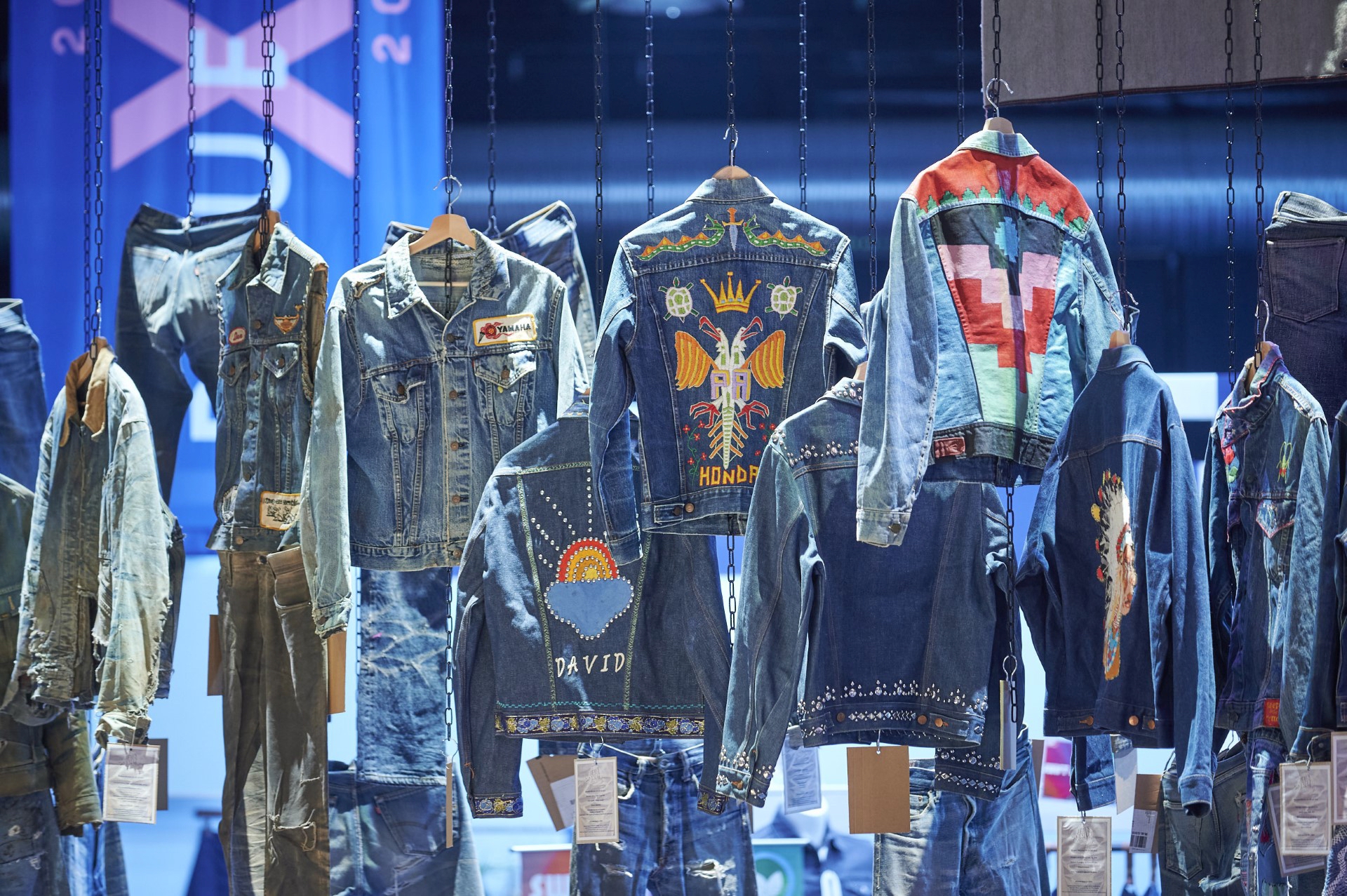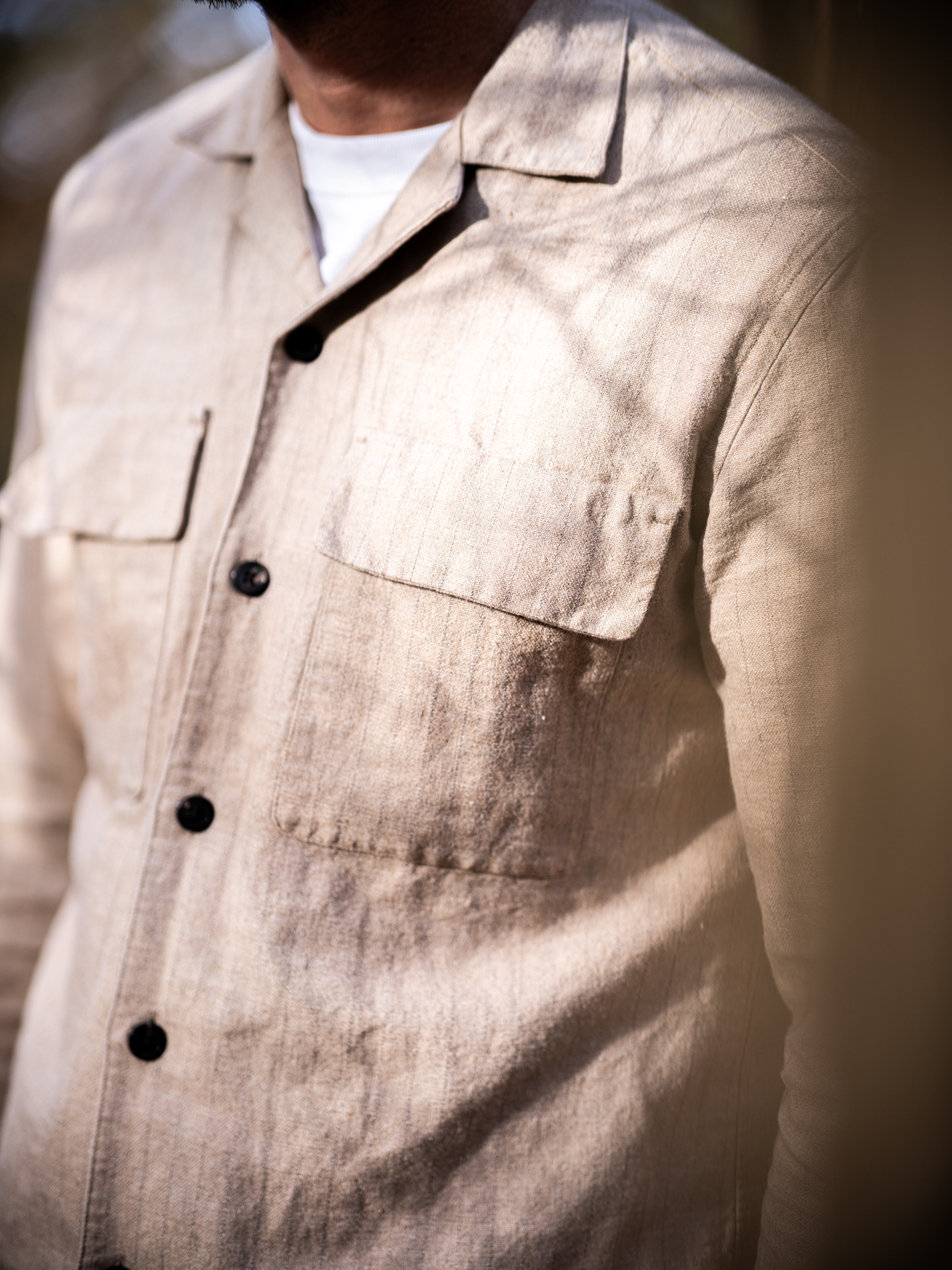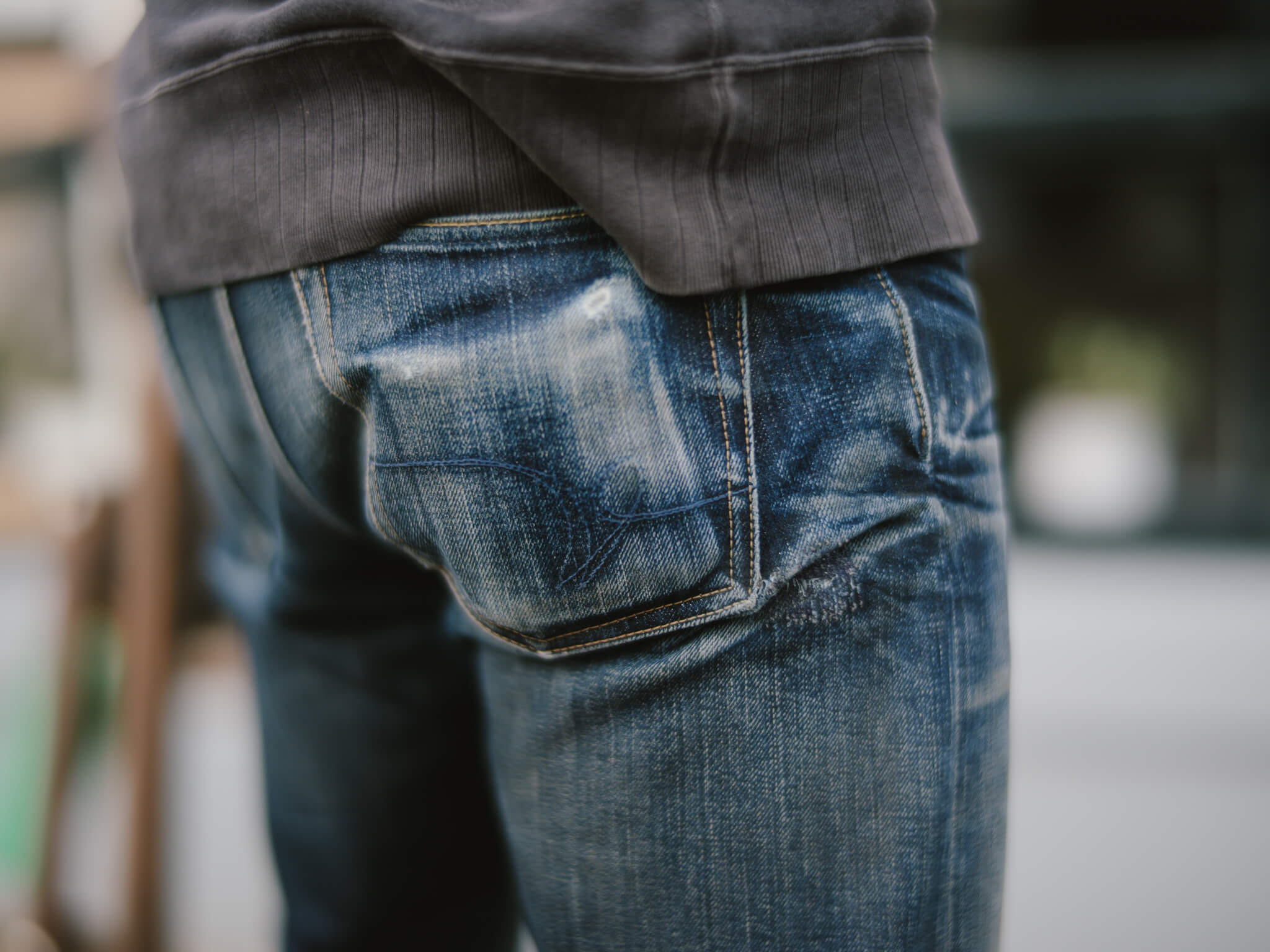Traditional Sashiko Made Modern by Japan Blue Jeans
In our community, Japan is known for denim. That goes without saying. Here at Robin Denim we consider Japanese denim to be of the highest quality and superior to its competitors. Despite the Japanese denim industry being the younger cousin of American denim, it has already had a lasting impact. Denim was only introduced to the Japanese market in the 1970’s (with regards the establishment of Japanese denim brands), the country has a rich fabric history procreating countless traditional fabrics.
One such fabric (and technique) which is quintessentially Japanese – and sits perfectly alongside denim – is that of sashiko. Having its first reference during the Edo Period (1603-1867), sashiko is a versatile fabric which, due to its characteristics and construction is both visually striking and hard wearing. Below we’ll take a look at the history of this traditional Japanese fabric before we dive into how Japan Blue Jeans have utilised sashiko in a more contemporary way, while honouring its rich heritage and tradition. Read on to find out more!
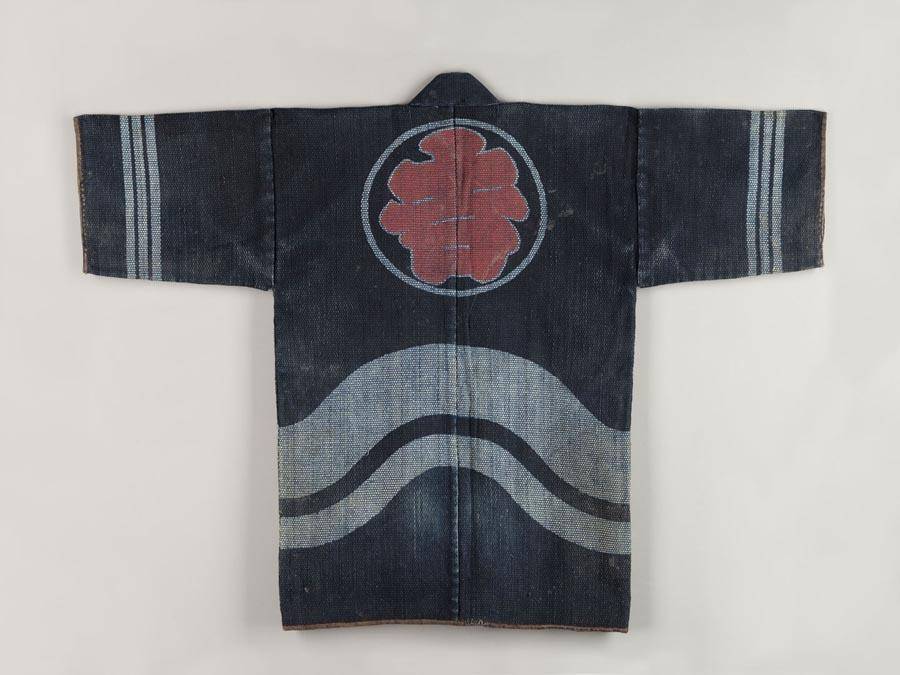 Photo courtesy of denverartmuseum.
Photo courtesy of denverartmuseum.
A Brief Overview of Sashiko
Sashiko is a type of traditional hand-sewing embroidery or stitching technique which originated in ancient Japan. The exact birthday of the technique is lost to time, but it was initially introduced during the Edo Period, being born from the ‘ethical’ Japanese spirit to value all things and emphasize longevity. Sashiko was introduced and used by the ‘working classes’, who utilized the technique to strengthen their clothing and extend the lifetime of worn-out garments. Sashiko was even used to reinforce garments (along with additional fabric) and make them more suitable for the colder winter months of the year.
Traditionally, Sashiko was applied to used and worn-out garments primarily as a functional reinforcement. However over time it also became a decorative embellishment and a true art form. In basic terms, sashiko is as simple as a white single running stitch, often used in order to put together multiple fabrics and / or to form geometric patterns. This of course can be elaborated on, with elaborate patterns made from the stitch and other colored threads can be used such as indigo (though white or off-white is the primary medium).
Sashiko is a technique that honors the principle of reusing what could be thrown away or wasted, as well as elevating worn-out clothing efficiently and in an artisanal way. Over the years, the technique has evolved from a basic way to extend the lifetime of a garment into a well-established technique recognized the world over, with even industrialized Sashiko fabrics being developed (a testament to the visual appeal of sashiko primarily).
However (industrialized) Sashiko fabric also has a more functional role to play in Japanese culture especially, due to the rugged and hard wearing properties of the original technique. This type of fabric is used for the uniforms of the traditional and immensely popular Japanese sports 柔道 and 剣道 (Judo and Kendo). Another memorable and iconic garment from Japanese history made with Sashiko fabric is the Japanese fireman’s jacket (as seen on the photo above). The fireman’s jacket was made of a thick and rigid Sashiko fabric, dyed in natural indigo and decorated with a freehand paste-resist decoration. Saturated with water, these jackets gave firemen protection against flames, heat and the rigours of a hard manual job.
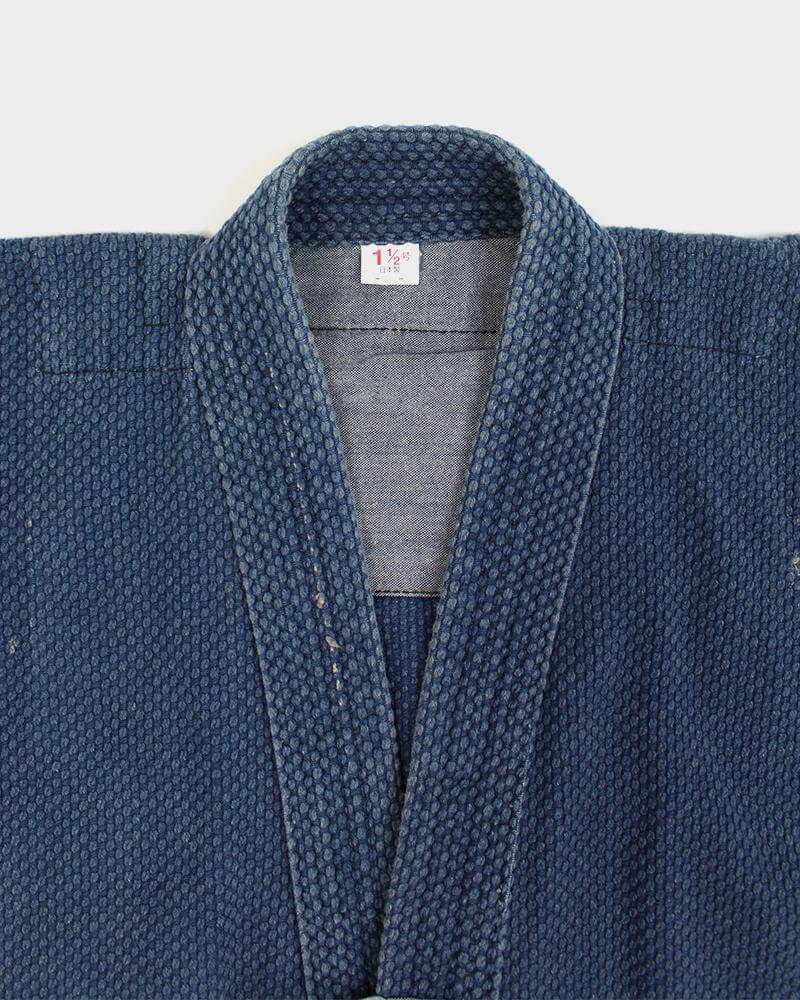
Photo courtesy of kiriko.
Contemporary Sashiko Style by Japan Blue Jeans
Because traditional Sashiko was developed for its durability and strength, the fabric has a tendency to be rigid and heavy. It needed to withstand the cold for the working classes involved in outdoor labour, it needed to prevent firemen from burning embers and it needed to withstand the abuse of manual work. So it’s fair to say that comfort wasn’t the initial priority. So when Japan Blue Jeans decided to incorporate this time honored traditional fabric into their collection, they needed to make some slight alterations to ensure it was fit for the modern day while retaining its legacy and heritage.
Japan Blue Jeans went back to the drawing board, in search of a lighter and softer sashiko fabric which would result in increased comfort and usability for daily wear. The Kojima-based denim mill have now developed a sashiko fabric which is woven on a ‘Dobby Loom’, an industrial strength machine which is normally used for weaving denim. The newly developed fabric has the same appearance as a traditional sashiko, but it is much softer with increased breath ability and therefore is more suitable for day-to-day comforts.
Traditional sashiko fabrics were often dyed with natural indigo in order to strengthen the fabric (natural indigo has amongst other properties, flame retardant characteristics) and Japan Blue Jeans chose to rope-dye the yarns in synthetic indigo, making the fabric less rigid and softer for the skin. Another advantage of the rope-dyed sashiko fabric is that it will evolve nicely over time and wear, the same as any good denim.
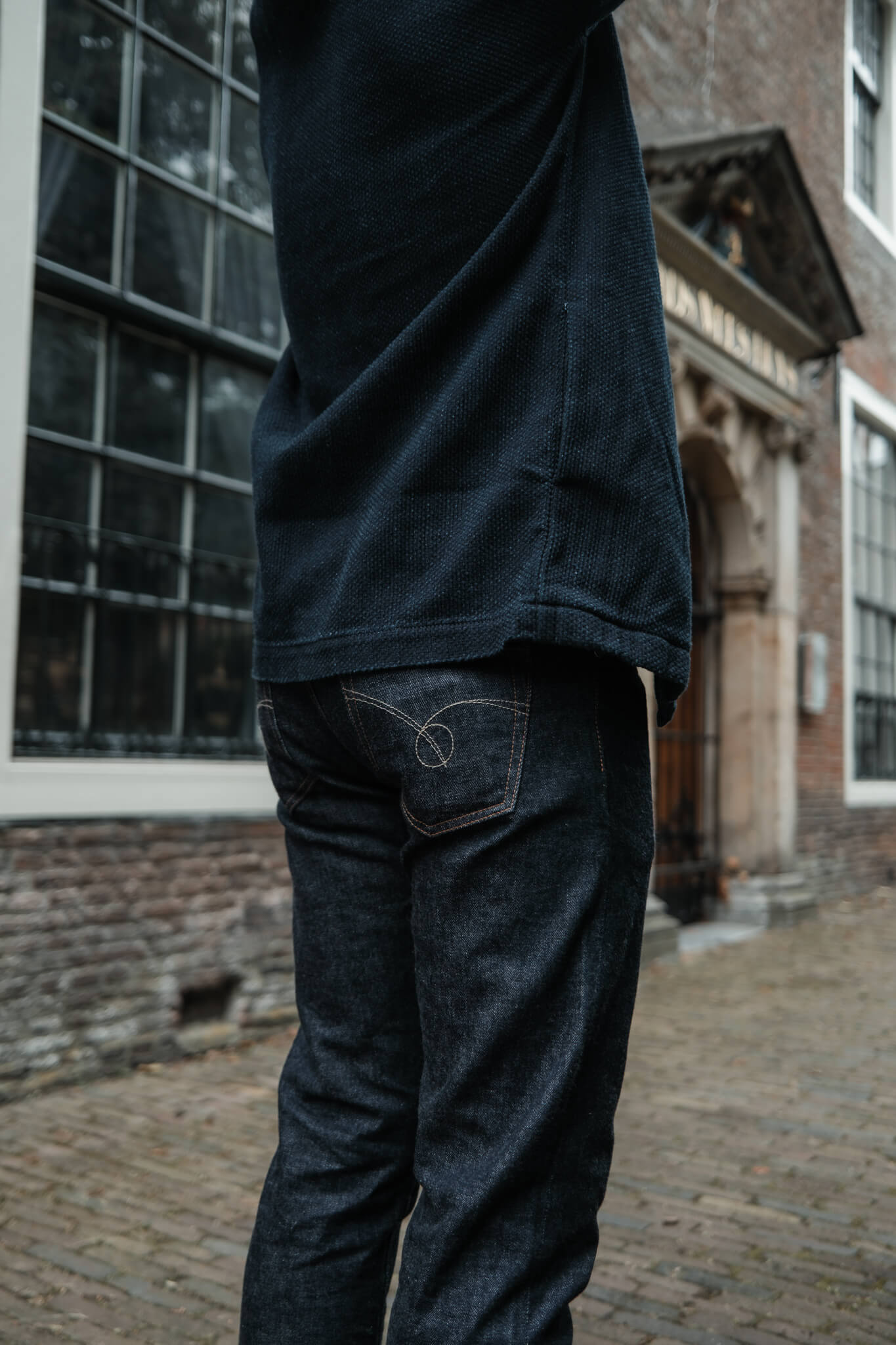 Photo courtesy of Hans Jellema.
Photo courtesy of Hans Jellema.
The Japan Blue Jeans ‘Sashiko Collection’
As a homage to the rich Japanese textile industry, Japan Blue Jeans have recently premiered their ‘Sashiko collection’. The capsule consists of a variety of styles including jackets, vests, shirts and accessories. Although released as a ‘collection’ it is continuously in development with new releases being added every now and then.
One of the latest styles added to the range is the J692951 Indigo Sashiko Haori Jacket which is Japan Blue’s take on the traditional Japanese Haori. The Haori jacket is an iconic Japanese garment which possesses a unique yet simple aesthetic (much like sashiko). The Haori jacket was introduced during the Edo Period and was invented in order fo protect the beautiful but vulnerable Kimono, which was traditionally made from silk, hemp and cotton. The Haori also offered a nice contrast in terms of design and appearance, as well as providing extra warmth during colder autumn and winter days.
The Japan Blue Jeans Haori Jacket comes in a beautiful 11 oz. indigo dyed Sashiko fabric and is available in one size. Compared to its predecessor, the jacket has slightly been updated with pockets incorporate into the side seam for added functionality. The J692951 Indigo Sashiko Haori Jacket is available at the Japan Blue Jeans webstore for €245, including free worldwide shipping.
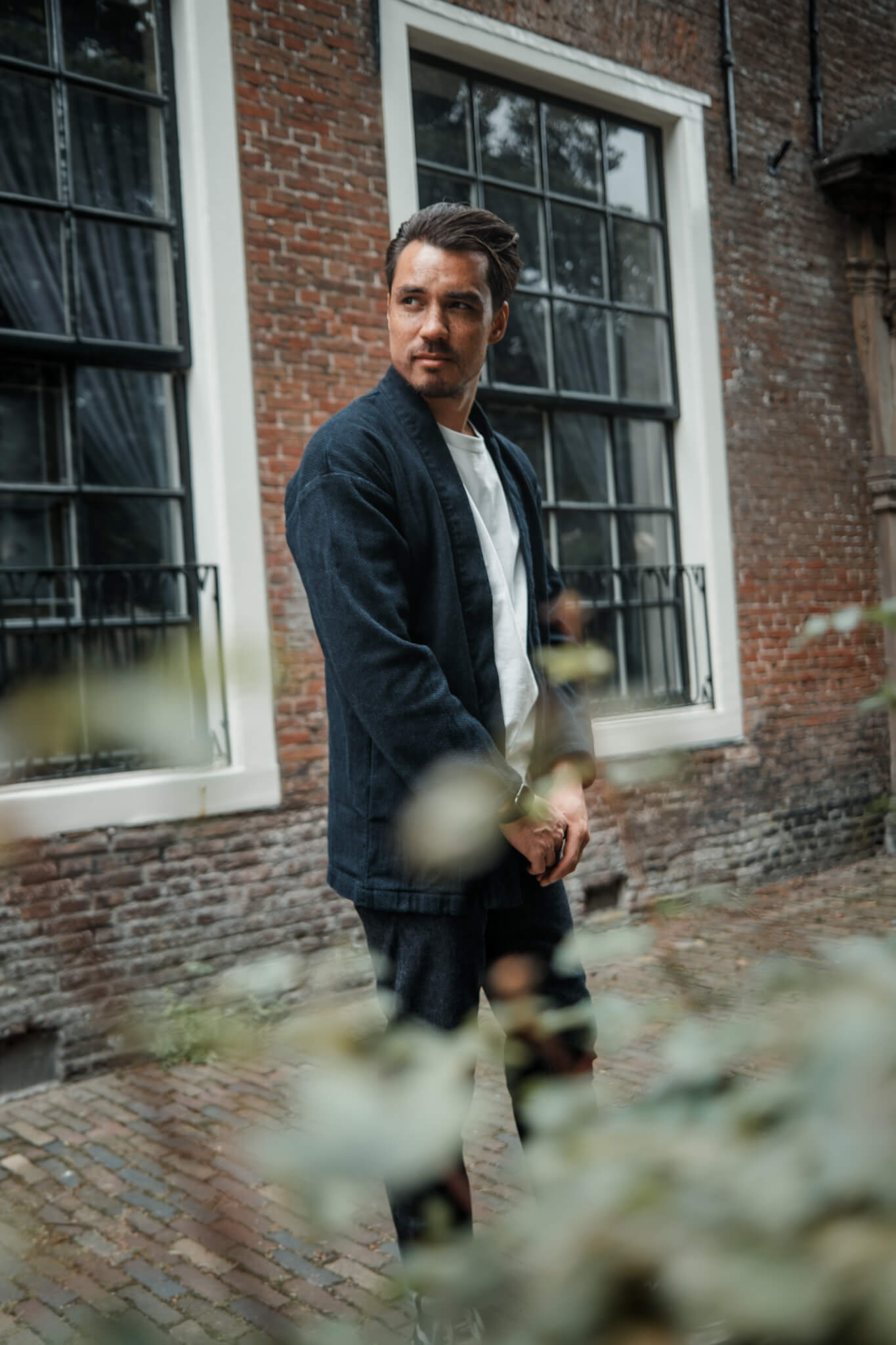
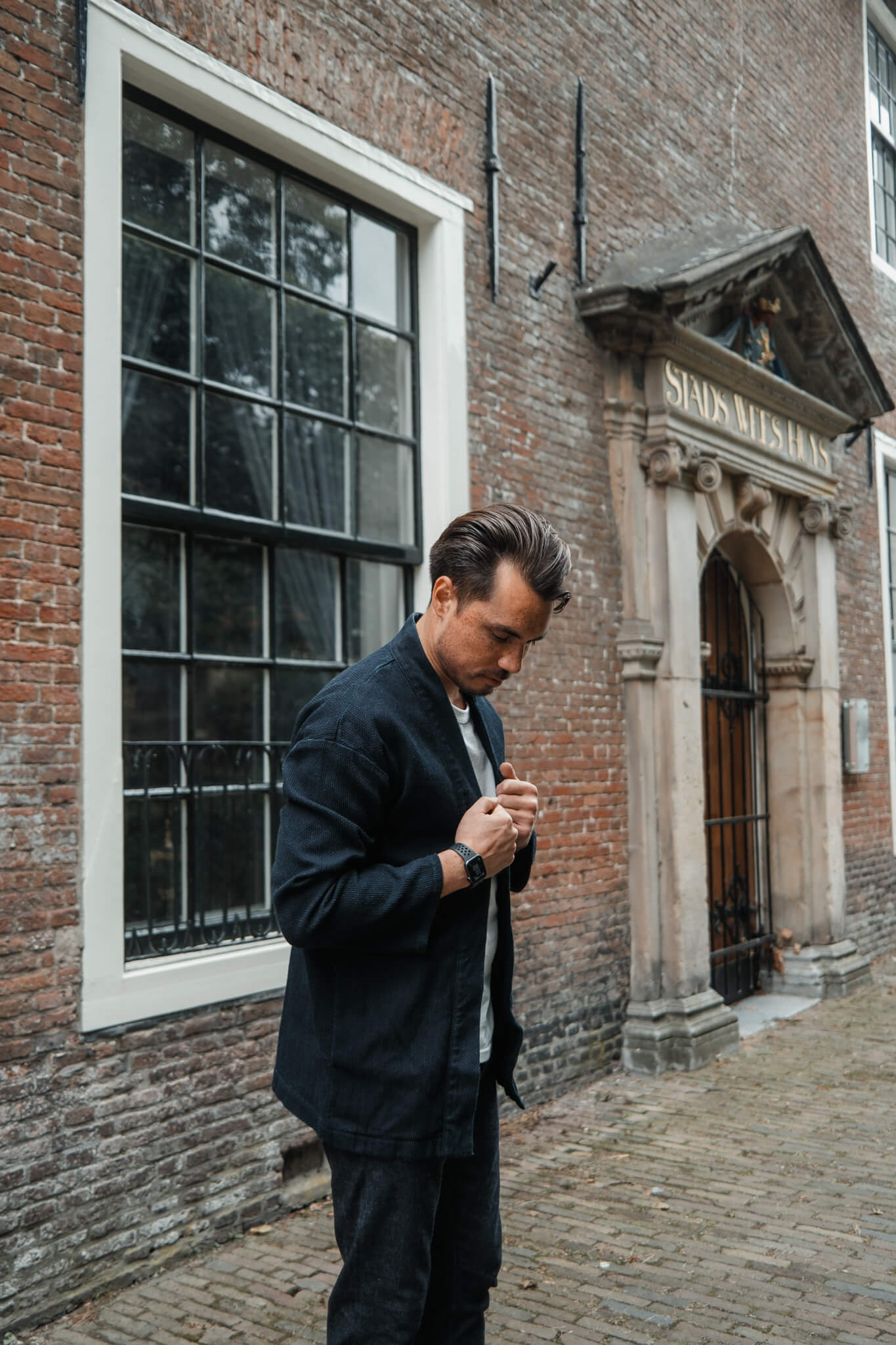
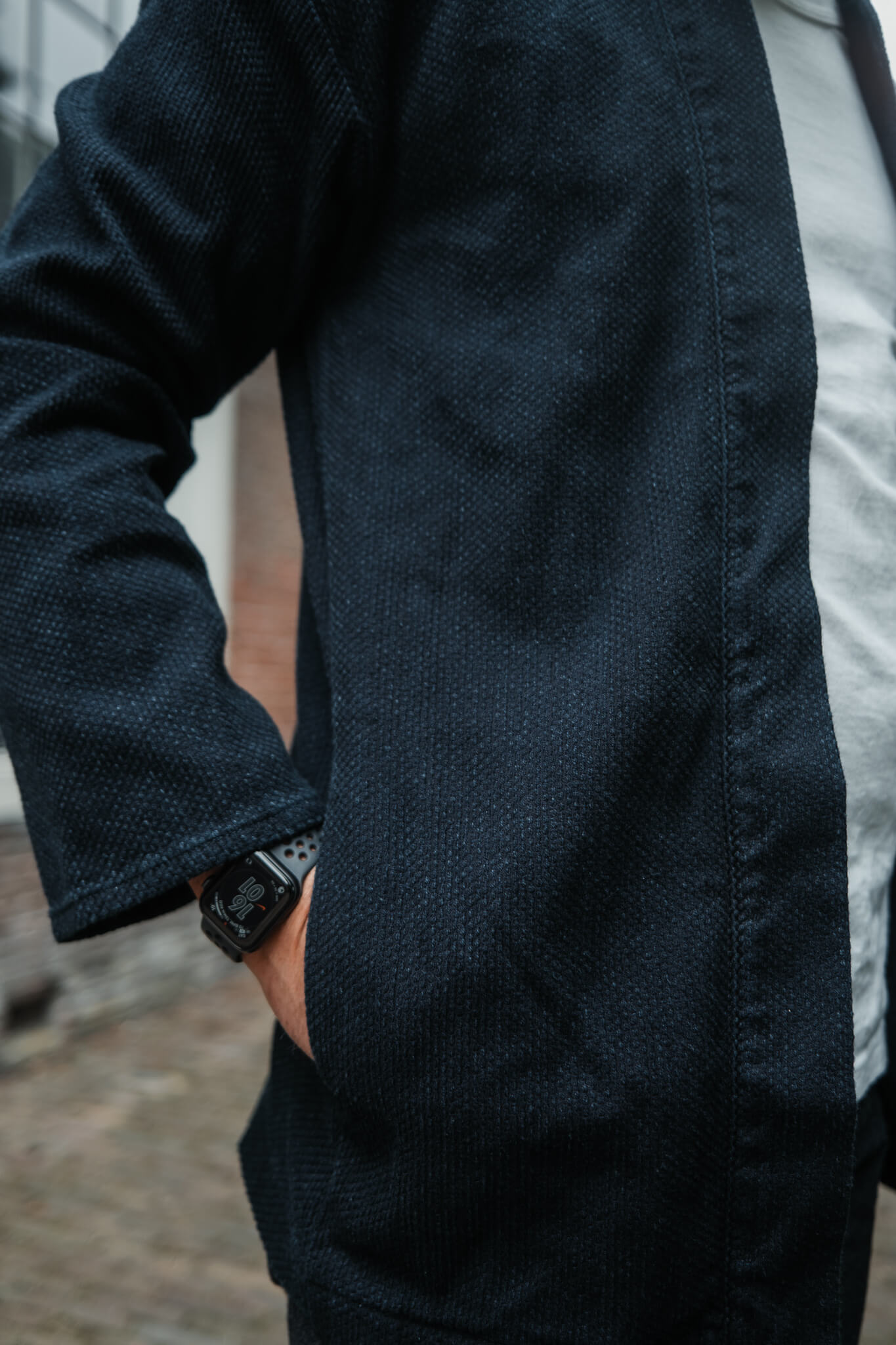 Photo courtesy of Hans Jellema.
Photo courtesy of Hans Jellema.
 Share
Share
 Tweet
Tweet

